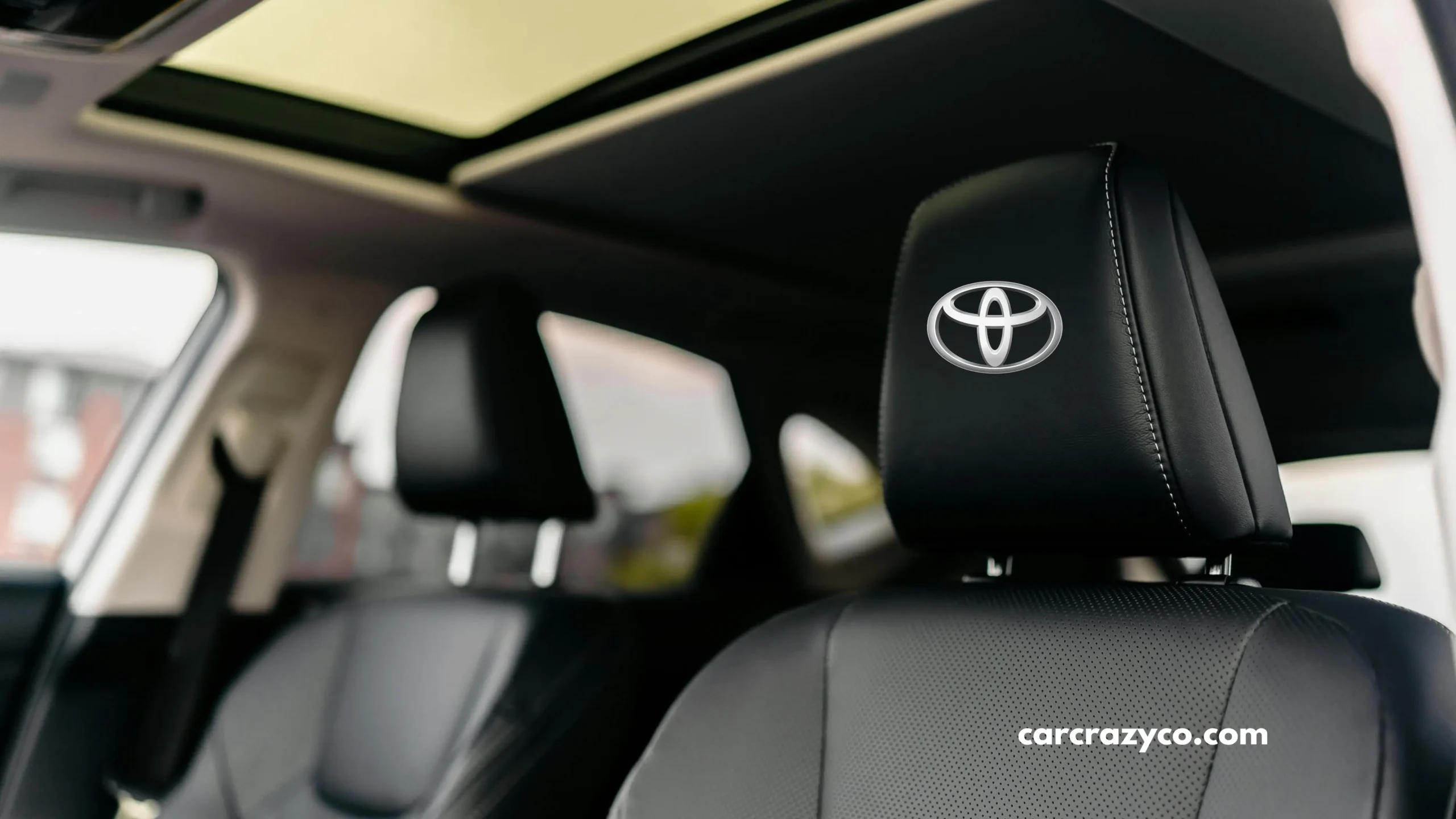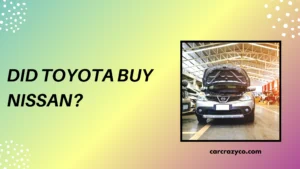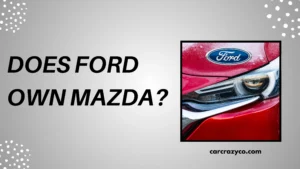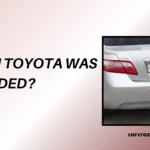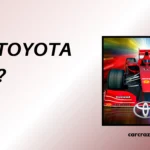The automotive world is buzzing with questions about partnerships and acquisitions, and one topic often asked is: Did Toyota buy Mazda? This question matters because such a move could reshape the landscape of car manufacturing, technology sharing, and market competition. Understanding this relationship can reveal a lot about the future of the industry.
Toyota and Mazda have long been respected names with distinct identities and loyal followings. The idea of Toyota buying Mazda sparks curiosity about innovation, brand survival, and corporate strategy in a highly competitive global market. For car enthusiasts and everyday drivers alike, the truth behind this question impacts what vehicles might be available tomorrow.
In this post, we’ll explore the real nature of Toyota and Mazda’s relationship, separate fact from fiction, and explain why this topic is essential for consumers, investors, and industry watchers. If you want to know what’s really happening between these two automotive giants, keep reading.
1. Toyota and Mazda’s Collaborative History
Toyota and Mazda have collaborated for years, sharing technology, platforms, and expertise. Rather than a buyout, their relationship is built on strategic partnerships designed to benefit both companies. This includes joint development of engines and electric vehicle technologies.
The collaboration began to strengthen as both companies aimed to compete better in an industry rapidly shifting towards electrification and sustainability. For example, Mazda has worked with Toyota on hybrid and hydrogen fuel cell research.
This partnership model allows both to innovate while maintaining distinct brand identities and customer bases.
2. Toyota’s Investment in Mazda
In 2017, Toyota invested around $1.5 billion to acquire about 5% of Mazda’s shares, marking a significant but minority stake. This investment was not a takeover but a strategic move to deepen cooperation. It signals Toyota’s interest in working closely with Mazda without absorbing it completely.
Such an investment allows Toyota to influence decisions and collaborate on joint projects without the challenges that come with full ownership. Mazda retains operational independence while benefiting from Toyota’s scale and resources.
The investment reflects a modern approach to business growth—partnership over acquisition.

3. Joint Ventures and Product Development
One of the key outcomes of their partnership is the joint venture called “Mazda Toyota Manufacturing USA”, a factory that produces vehicles for both brands in Alabama. This venture optimizes manufacturing costs and streamlines production.
Additionally, both companies collaborate on next-generation technologies, including electric vehicles (EVs) and connected car systems. Sharing research accelerates innovation while reducing expenses.
This cooperation helps both brands remain competitive against larger global automakers.
4. Differences Between Buying and Investing
It’s important to clarify that Toyota’s minority investment is very different from buying Mazda outright. A full acquisition would mean Toyota controls Mazda’s operations, finances, and brand direction.
Instead, this investment fosters a symbiotic relationship where both companies retain autonomy but share benefits. This model is common in the auto industry to manage risks and leverage complementary strengths.
Rumors about Toyota buying Mazda often confuse investment with acquisition, which are very different in scope and impact.
5. What This Means for Consumers and the Market
For consumers, this partnership means access to more innovative, fuel-efficient, and affordable vehicles as both companies pool their expertise. Customers can expect improved technologies, such as hybrid systems and safer cars.
Mazda’s unique design philosophy and driving experience remain intact, while Toyota’s scale and technology add value. This ensures diversity in the market rather than homogenization.
Overall, the collaboration strengthens both brands and offers more choices for buyers in a rapidly evolving automotive landscape.

Contents
Conclusion
The question “Did Toyota buy Mazda?” uncovers the complexity behind modern automotive partnerships. The reality is that Toyota has not bought Mazda but invested strategically to build a strong collaborative relationship. This partnership allows both companies to innovate, grow, and compete effectively without losing their unique identities.
Their cooperation—from joint manufacturing plants to shared technology—benefits both brands and ultimately serves consumers by delivering better, greener, and more reliable vehicles. As the industry moves toward electrification and smarter cars, partnerships like this will become even more critical.
Understanding this dynamic helps consumers and investors make informed decisions and appreciate how two distinct companies can thrive together without a full merger or acquisition.
FAQs
1. Has Toyota bought Mazda outright?
No, Toyota has not bought Mazda but owns a minority stake as part of a strategic partnership.
2. How much of Mazda does Toyota own?
Toyota owns about 5% of Mazda’s shares, making it a significant but minority investor.
3. What joint projects do Toyota and Mazda work on?
They collaborate on manufacturing plants, electric vehicle technology, and engine development.
4. Does Toyota control Mazda’s operations?
No, Mazda remains independent despite Toyota’s investment.
5. How does this partnership benefit consumers?
Consumers get access to advanced technology, more efficient vehicles, and diverse options.
6. Could Toyota buy Mazda completely in the future?
There are no public plans for a full acquisition; the focus remains on strategic collaboration.

